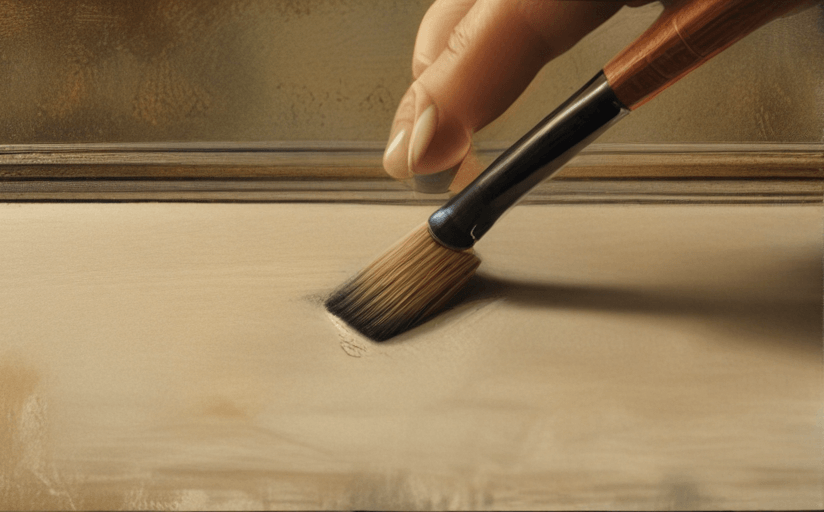The Effect of Digitalization on Traditional Art Forms
In the modern world, digitalization has significantly impacted various sectors, not excluding the world of art. Traditional art forms, sculpting, painting, and drawing, among others, have experienced tremendous alterations due to digital technology. This article delves into the interplay between traditional arts and digitalization, analyzing the pros and cons and exploring the trajectory of this relationship into the future.
Digital Transformation of Traditional Art Forms
Digitalization has revolutionized aspects such as production techniques, promotional tools, distribution methods, and consumption dynamics concerning traditional arts. For instance, artists can now use digital software for painting or drawing, eliminating the need for physical materials. Simultaneously, promotional and distribution networks have expanded, allowing artists to reach a global audience with the click of a button.
The Double-Edged Sword of Digitalization
Like any other transformative force, digitalization impacts traditional art forms positively and negatively. On the upside, it provides opportunities for creative enhancement, accessibility, and broadened reach. However, its downsides include the potential to dilute the inherent value of traditional arts and to cyber-fraud. Indeed, is digitalization a threat or an opportunity for traditional arts? This question remains a constant debate.
Opportunities for Artists in Digital Transformation
Several case studies indicate artists combining traditional art techniques and digital platforms for enhanced creativity and reach. Notable examples include David Hockney's iPad landscapes and Banksy's NFTs - digital artworks authenticated via blockchain technology. These examples indicate that digitalization can be an opportunity rather than a threat for tradition arts, given its capacity to reach broader audiences and to experiment with the form.
The Future of Traditional Art Forms in a Digital World
The future of traditional arts in the digital age is promising but unpredictable. Seemingly, the integration of traditional arts with digital technology might be the pathway to preserve these arts forms while making them relevant to the tech-savvy generation. However, striking a balance between preserving the value of traditional art and embracing digital technology's potential remains a challenge.
Conclusion
In conclusion, the integration of digital technology into traditional art forms presents a myriad of opportunities and challenges. The key to leveraging these advances lies in artist's ability to balance their artistic intent and technique with the far-reaching capabilities of this technology. What remains clear is that the dance between traditional arts and digital technology will continue to shape the future of artistic expression.
```


















Comments
Leave a Comment